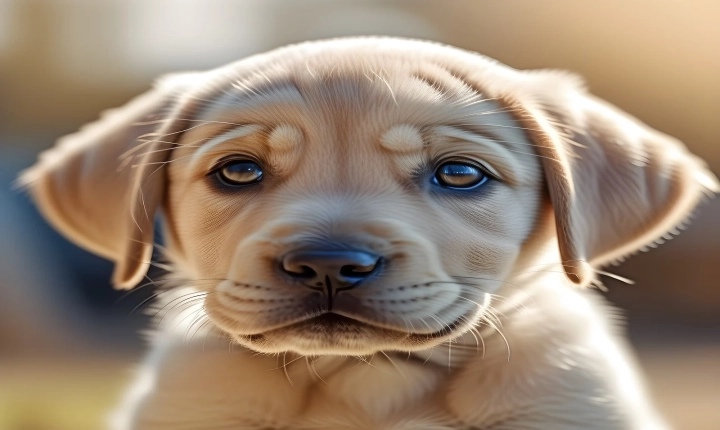Title: Harnessing the Power of AI to Generate Pictures
Artificial intelligence (AI) has made significant advancements in recent years, and one of the most exciting developments is its ability to generate realistic and stunning images. Through the use of advanced algorithms and deep learning techniques, AI can now create original pictures, paintings, and digital art with remarkable accuracy and creativity. This groundbreaking technology has numerous applications, from assisting artists and designers to enhancing visual content creation in various industries. In this article, we will explore how to leverage the power of AI to generate pictures and the potential impact it may have on the creative landscape.
Understanding the Basics of AI-Powered Image Generation
The process of using AI to generate pictures involves training a machine learning model on a vast dataset of images. This model learns to understand the intricate patterns and features present in the images, enabling it to create new, original content based on what it has learned. The most common approach for this task is the use of generative adversarial networks (GANs), a type of neural network architecture consisting of two networks – a generator and a discriminator – that work in tandem to produce realistic images.
How to Use AI to Generate Pictures
There are several platforms and tools available that allow both professionals and enthusiasts to harness the capabilities of AI for image generation. For instance, some popular software such as Adobe Photoshop and Corel Painter integrate AI-powered features to assist artists in creating digital art or manipulating photos. Additionally, there are dedicated AI-based image generation tools, like RunwayML and DeepArt, which provide accessible interfaces for users to experiment with creating pictures using pre-trained models or even training their own models.
To use AI for image generation, one can follow these general steps:
1. Data Collection: Gather a diverse and extensive dataset of images that will be used to train the AI model. The quality and diversity of the dataset will significantly impact the final output of the generated images.
2. Model Training: Utilize a machine learning framework, such as TensorFlow or PyTorch, to train a neural network model on the collected dataset. This process involves adjusting the model’s parameters and hyperparameters to optimize its ability to generate high-quality images.
3. Image Generation: Once the model is trained, it can be used to generate new images based on input parameters or random noise. The AI-generated images can be further enhanced or manipulated using various post-processing techniques.
4. Evaluation and Refinement: Assess the quality and creativity of the AI-generated images and refine the model based on feedback and desired outcomes.
Implications of AI-Generated Pictures
The integration of AI in picture generation presents a myriad of opportunities across various industries. In the field of art and design, AI can serve as a powerful tool for artists and designers to explore new creative possibilities, generate inspiration, and streamline the content creation process. Additionally, in sectors such as advertising, marketing, and e-commerce, AI-generated images can be utilized to produce compelling visual content, facilitate personalized product recommendations, and enhance user experiences.
Challenges and Ethical Considerations
While AI-generated images offer great potential, there are ethical considerations and challenges associated with this technology. Specifically, there are concerns regarding copyright infringement and the potential misuse of AI-generated images for malicious or deceptive purposes. It is crucial for organizations and individuals to approach the use of AI-generated pictures responsibly and ensure that appropriate regulations and guidelines are in place to address these issues.
Looking Forward
As AI continues to advance, the capabilities of AI-generated pictures are poised to expand even further. Innovations in this field will likely lead to the development of more sophisticated and diverse AI models capable of creating highly realistic and unique visual content. Moreover, the integration of AI with other emerging technologies, such as augmented reality and virtual reality, could revolutionize the way we perceive and interact with digital imagery.
In conclusion, the advent of AI-powered picture generation has opened up new frontiers in creativity and visualization. By leveraging the potential of AI, individuals and businesses can unlock a wealth of opportunities for creating, enhancing, and utilizing visual content in ways previously unimaginable. As we continue to harness the power of AI in this domain, it is essential to remain mindful of the ethical implications and potential implications, striving to ensure that AI-generated images are used ethically and responsibly.
